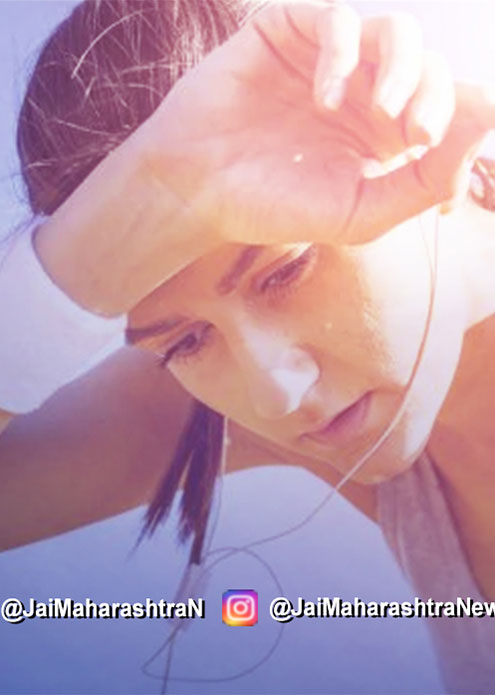

Cervical Spondylitis
A very common disorder, normally seen in the elderly from the age of 55 onwards, Cervical Spondylitis (CS) today is increasingly frequent in the younger age group from 35 to 45 years of age. CS is basically a mechanical disorder. Very stiff muscles in the cervical region can, over the years, cause a kinking of the cervical spine to the front. Bad posture and lack of exercise to the cervical region are the key factors which are responsible in a majority of the patients. Lying in bed with several pillows propping up the neck into an unnatural position can affect the alignment of the cervical column, causing a forward inclination. Reclining on sofas with the spine hunched and the neck pushed forward is bad for cervical alignment. Hunching over the computer for many hours, occupational hazards such as those of a writer, an illustrator or a painter, all cause the spine to be bent forward all the time. Positioning the body to the same side during sleep, with the shoulder muscles and the neck compressed, also develops faulty alignment in the cervical spine. In due course the spine is bent, the front surface of the bones and disc are excessively pressurized and the damage occurs.
The most common symptom is pain in the neck, worsening with exertion and relieved, in the early stages, by rest. This pain often radiates down to the hand, with the fingers becoming numb due to compression of the nerves that innervate the upper extremity. The brachial plexus is affected. The trapezius area becomes tender and painful. A nodule can form in the muscle due to chronic pressure.
The symptoms of cervical cord compression can sometimes be severe. The pain radiates down the right or left arm to the fingers, to the chest and shoulder blades depending on which side the nerve root is involved. It can become continuous, making movements painful and limited. If the cervical vertebrae become unstable, the danger of cord compression is imminent and, in some cases, fusion of the bones may be warranted. But this is rare.
The yogic management of CS includes widening of the intervertebral spaces by pulling the trapezius and other muscles downwards. There are various asanas which prevent and give relief to this problem — sarvangasana, halasana and back bends are significant. Standing poses help align the cervical and dorsal vertebrae. Inverted poses like head stand and shoulder stand strengthen the cervical muscles and shoulder area.
According to Ayurveda the Vata, the principle of movement is the predominant function with the skeleto-muscular system and the nervous system. Problems relating to these systems are predominantly caused by vitiated Vata. The vitiation of vata is caused by two mechanisms. One of them is obstruction to vata due to malfunctioning of kapha and pitta. The other one is increase of vata independently (the degenerative problems). The sacrum is situated in the Vata area of the body and this disease is caused by aggravated Vata and ama (toxins), which cause stiffness and reduce mobility in this area. Treatment at Vedicure involves detoxification and elimination of ama and also a Vata pacifying diet, lifestyle and herbal preparations.

